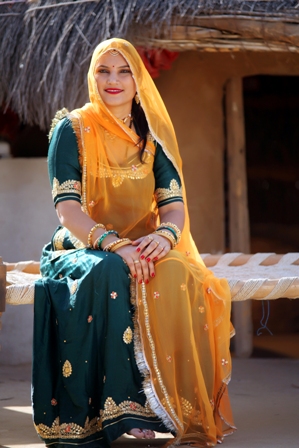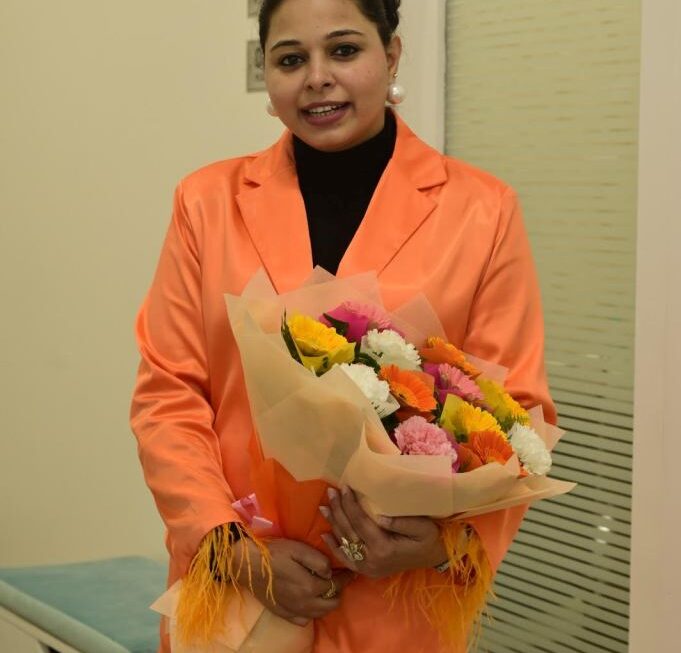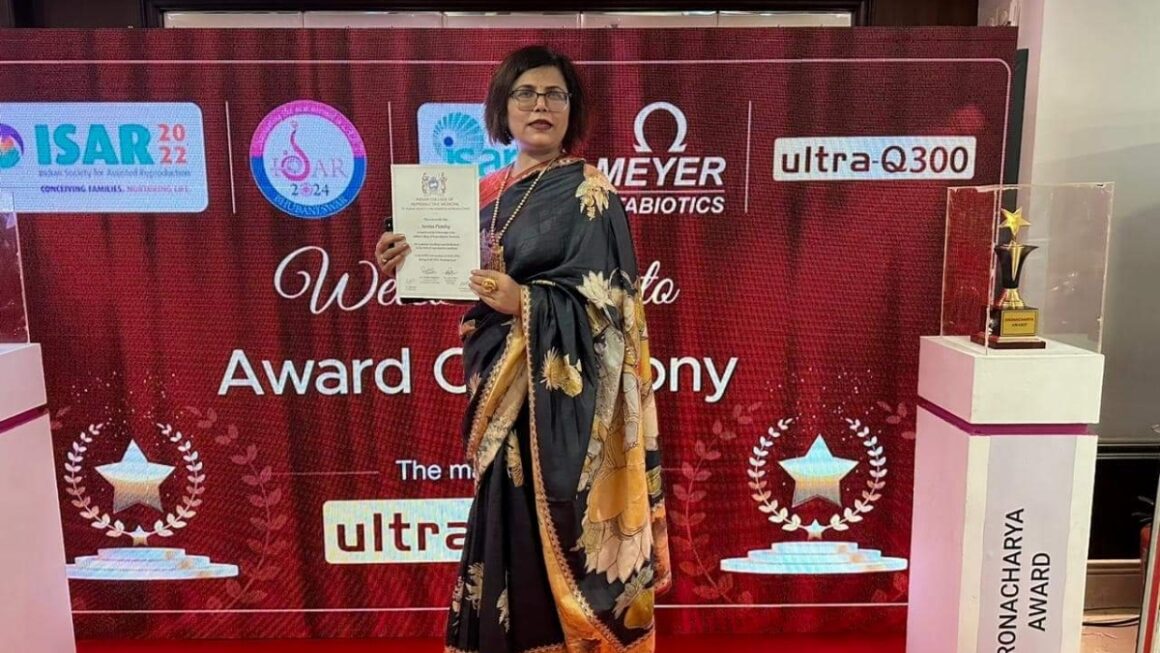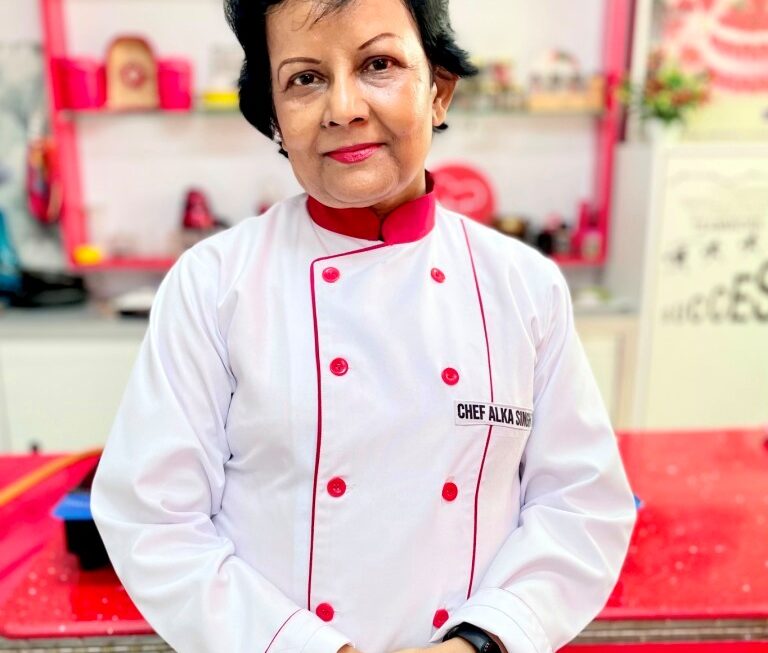Ruma Devi’s journey of evolving as a globally acknowledged brand starts with her own vigilance and determination. From what started as a close-knit group of women artisans contributing INR 100 to buy raw materials like cloth, threads and plastic wrappers for creating cushions and bags, Ruma Devi’s spirit pivoted into “Ruma – The Craft of India”, a successful growing online business, with a greater cause fuelling the force of women across Indian tribal groups.
Today, she is more than just a name or an artist. It is understood as an artisan-made platform which bridges the gap between rural India to Urban India. The brand has one vision statement – “For the artisans. By the artisans.”
What do you enjoy most about entrepreneurship and women empowerment?
My entrepreneurial journey began with going door-to-door in the desert with bundles of raw materials with only needles and thread to persuade conservative rural families to allow their women to work. I travelled from village to village to mobilize women to work and from city to city to find markets with them, but this was not the scenario when I started working, at the time there were thousands of women were facing the same hurdles and difficulties that I had when I started working in the area of Barmer. Now I can help them because they don’t have to go through an uphill battle or overcome difficulties alone. As a result, I am happy to see that these rural women who have never crossed the boundaries of their homes in their entire lives are today going to sell their products in exhibitions across the country and become independent.
They are free now, and their language may still be weak, but they are strong people without an inferiority complex. It makes me proud of how empowered our women of Barmer have become over time.
What are your strengths and your weaknesses?
My strength is that I will do whatever it takes to complete the task. I love to stay concentrated, therefore I will put my mind to it and assemble my team.
My time commitment to my profession makes it challenging to maintain a healthy work-life balance.
What does your typical workday look like?
I’m constantly on my toes on an average workday. I frequently have a full calendar of activities, and events in India and abroad to attend along with exhibits to participate in. When I don’t have these visits, I get up early to assist my in-laws with farming and cooking. At 9.30 a.m, I arrive at the office and do the meeting with my team to create new designs, plan the production, and create new plans and approaches for training more artisans. I return home after 9.30 p.m. after a long day of gruelling work.
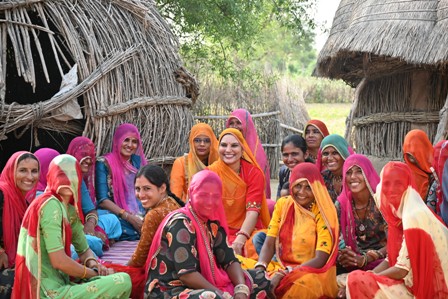
What do you find the hardest about working in the fashion industry?
I believe that everybody can learn about fashion, craft, and industry but the fashion industry people think, If any person doesn’t understand the language of the fashion industry and has the experience then it’s challenging for them. Because their background and education are different from fashion that doesn’t mean they don’t know how to work. With this kind of behaviour, people won’t feel like they belong here and will constantly fall behind. I have experienced the say way, I have also experienced the same thing but I did not accept every possession.
Although the fashion industry evolves swiftly, we have made significant advances with our handcrafted apparel and home goods because I don’t want our women to feel this way.
What’s non-negotiable for you in your workplace?
Artisans are not workers and they are not permanent slaves. They are professionals; Our craftsmen are also our designers. Respect for artisans is an absolute necessity. Fair remuneration for craftsmen is another issue, They should be paid fairly anyway, and we won’t stick with customers who want cheap stuff because there’s no intermediary.
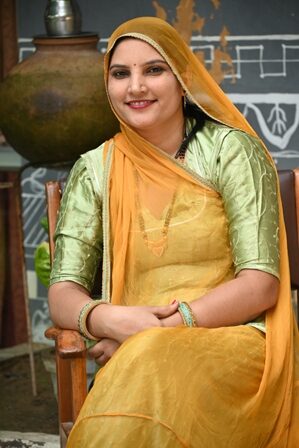
How did you handle the fast growth and scaling of GVCS?
We were amazed by the rapid expansion and scalability of GVCS and the impact we were making. Every day, we made incremental progress by developing the team, creating plans, and emphasizing both the production and training of artisans. Today’s GVCS is the result of our continuous work. Additionally, there have never been any communication issues with our team or our craftsmen. I believe that the same rapid development would not have been possible if we were a separate state-based organization working with the artisans of Barmer.
How would you describe your style of fashion?
What you stand for, in my opinion, reflects in your style of fashion. I stand up for the rural ladies from my hometown as well as the values that my upbringing has given me. Whether I’m at work or travelling overseas, I always wear my Marwari Angiya Kurti or Rajasthani Poshakh. My sense of style reflects my comfort in my ethnic heritage.
Interview By : Aditi Singh


